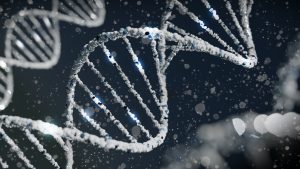The project wherein the first sequencing of a human genome was achieved recently marked its 20-year anniversary of completion. Bringing together the minds of thousands of scientists around the world starting in 1990, The Human Genome Project was momentous enough to play a large role in shaping the modern study of genetics. Upon the 2003-wrap-up, and the hard-won confirmation that a single copy of the human genome contains roughly 3 billion base pairs of DNA, the sheer amount of effort involved shined a light on just how much of a challenge using then-nascent, or altogether antiquated, technology for this purpose was.
“There’s been lots of analogies that people have put forward—like us being Lewis and Clark. We didn’t really have a map,” said Richard Gibbs, the Founder and Director of the Baylor College of Medicine Human Genome Sequencing Center, which was one of the many major research institutions to lend a hand in the massive undertaking. “It simply changed the way that people thought that biology could be done. It built a model for team science that was not there before.”
Though advancements in sequencing technology were numerous between 1990 and the project’s finalization, the research still required gap-filling creativity, and the much-lauded first human genome was in fact a composite of various blood donors spread across the U.S. But the takeaways proved invaluable, and even set the stage for an international agreement that ensured total, open access to DNA sequences.
Some of the celebration of The Human Genome Project’s success was mitigated, however, by the creeping feeling of “unfinished business.” Though approximately 92% of the genome was mapped out in 2003, it took the intervening two decades for the remaining 8% to be hunted down. Going forward, this previously absent “dark matter” could shed more light on human evolution and our bodies’ reactions to various diseases.























